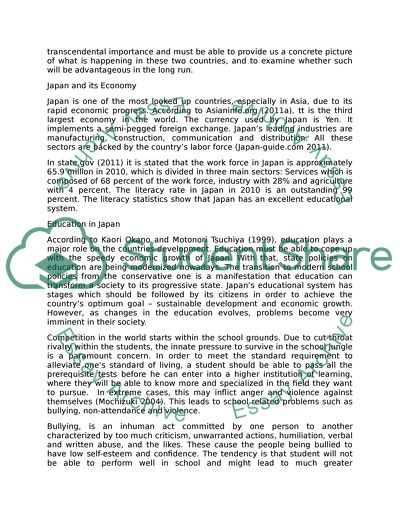Cite this document
(“What does the experience of school by Japanese youth suggest about the Essay”, n.d.)
Retrieved from https://studentshare.org/environmental-studies/1424931-what-does-the-experience-of-school-by-japanese
Retrieved from https://studentshare.org/environmental-studies/1424931-what-does-the-experience-of-school-by-japanese
(What Does the Experience of School by Japanese Youth Suggest about the Essay)
https://studentshare.org/environmental-studies/1424931-what-does-the-experience-of-school-by-japanese.
https://studentshare.org/environmental-studies/1424931-what-does-the-experience-of-school-by-japanese.
“What Does the Experience of School by Japanese Youth Suggest about the Essay”, n.d. https://studentshare.org/environmental-studies/1424931-what-does-the-experience-of-school-by-japanese.


